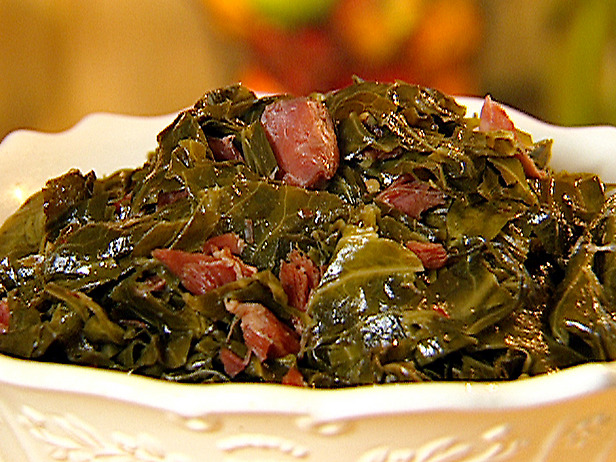

For as long as I can remember, I was taught that on Jan. 1, it was important to eat certain foods for good luck and prosperity. It was a tradition that my family never omitted on the first day of any year.
First in importance, tradition says, is the inclusion of black-eyed peas in your New Year's Day menu.
The most widely told story says that during the Civil War, black-eyed peas were a prevalent crop in the South. The peas were primarily grown as food for livestock, and they did well in the soil and climate of the Southern states.

All The Best
ReplyDeleteThe same to you, Sir.
DeleteHappy New Year, Brock.
ReplyDeleteHappy New Year to you Bill and I miss Dick Clark. :)
DeleteHappy New Year to you and your family, Mr. Townsend!
ReplyDeleteThank you and the same to you and your chickens, Ma'am!
DeleteHappy New Year!
ReplyDeleteI lurk here at your great blog regularly.
Thanks
Lurk away and the same to you! :)
DeleteCooking dry baby Lima beans with fat back and onions now. Sweet potatoes are already baked. Didn't have time for greens or corn bread.
ReplyDeleteHappy New Year from coastal N. Carolina
CH
Yum, yum and Happy New Year to You!
DeletePork and saurkraut here.
ReplyDeleteHappy 2015
Cross your fingers. :)
ReplyDelete